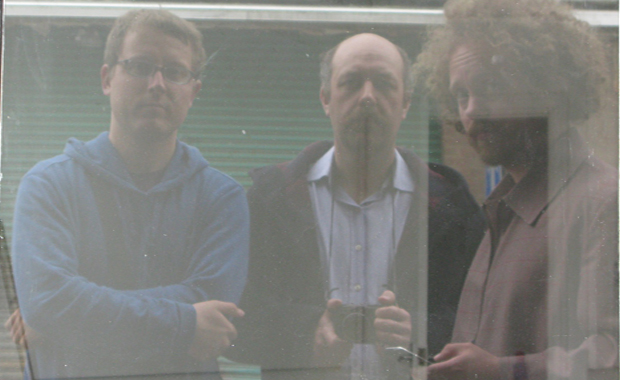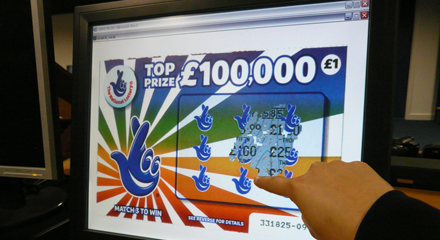Towards the end of 2008, I became lead artist for NHS Hull. My job was to develop a creative vision and commissioning programme for a new flagship city centre development, which became known as the Wilberforce Health Centre. 2008 was also the year that Apple computers returned to using touchscreen technology with the first iPhone. On discovering that the centre would use touchscreens to sign in to the services to be based there I started to consider the idea of touchscreen art. I was also conscious that Hull University was the home of Prof. George W. Gray (look him up).
https://www.brigantesenglishwalks.com/clevelandway/https://globalcaredevelopment.com/post-example-2/ It had occurred to me that by the time the health centre opened in January 2012, everyone would be either using or be familiar with touchscreens. It is hard to remember how rare these now ubiquitous devices were in 2008. Working with Dave Lynch (my tech adviser on the project) we got our hands on an old touchscreen and began to play. Between us, in less than an afternoon we had an idea and a working mock-up of a touchscreen artwork.
https://www.pvgov.com/issues/https://www.pslra.org/project/conformation/ So why not commission touchscreen artworks for the building? I quickly discovered that there didn’t seem to be many artists out there working in this medium. If I was going to have touchscreen art in the new health centre, it was clear that I would need to develop a new model for commissioning digital public art. This is when the idea of a lab or residency with artists nominated to take part in a week of hot housing and prototyping touchscreen art started to take shape. This became the model for the first Digital Media Lab. Central to it’s function was the idea of experimentation and play, that the artists would have space to make new work with no idea what the commission brief would entail until they had completed the week.
https://www.runningmechanics.com/level-2/ Beyond necessity, two big influences on my thinking were the ethics and collective spirit of Field Study, co-founded in 1993 by myself, D. Dellafiora and E. Kirwan and the artist residencies of PVA Media Lab
https://www.pvgov.com/contact-us/Ambien For Sale Online which I attended in 2001; both of which informed the structure of the https://negocioseinversionecuador.com/servicios/ Digital Media Labs model developed by myself, Glenn Boulter and David Lynch.
Buy Soma 500Mg OnlineBuy Tramadol Overnight The project is centred on collaboration, both between the participants, the organisers and the nominators. We asked ten organisations to nominate four artists they felt had an interest in developing their digital practice and a track record of public commissions. Importantly, the commission brief would not be handed over to the artists taking part until the end of the residency, avoiding the possibility of artists competing or pitching during the week and fostering a strong collaborative feeling during and after the lab.



